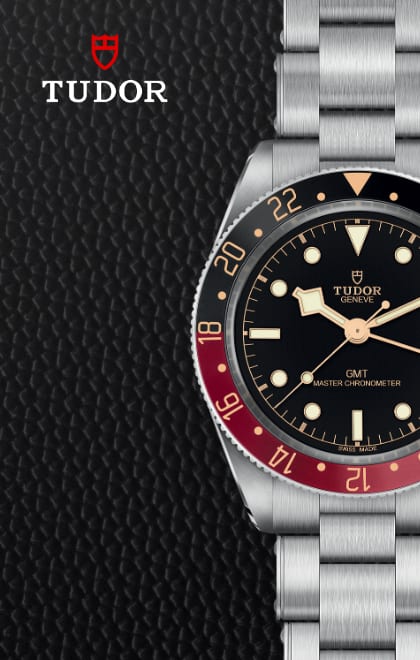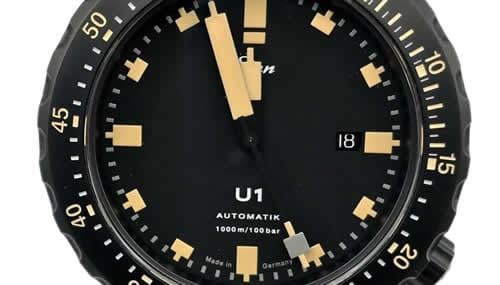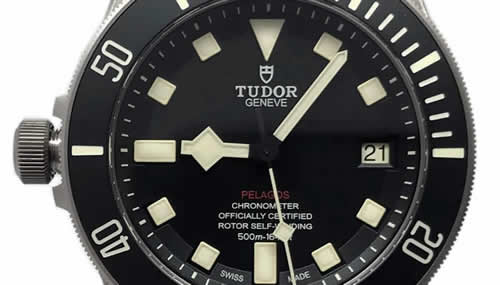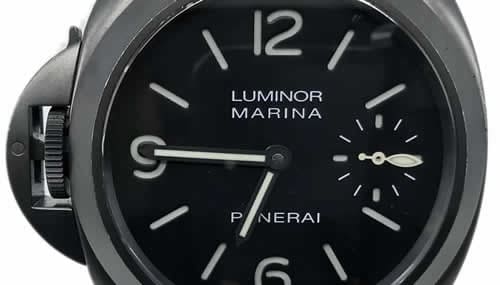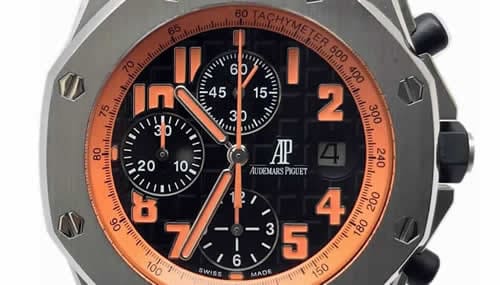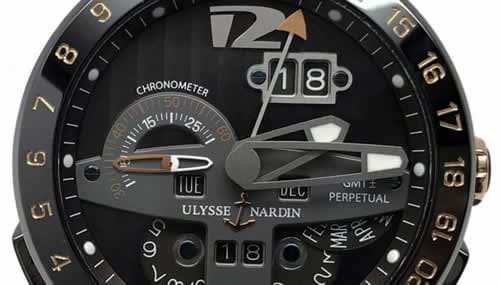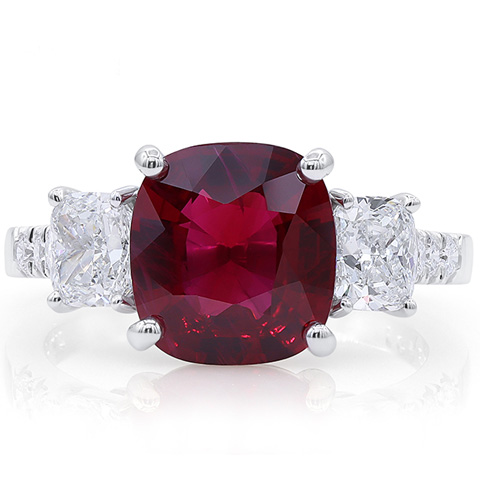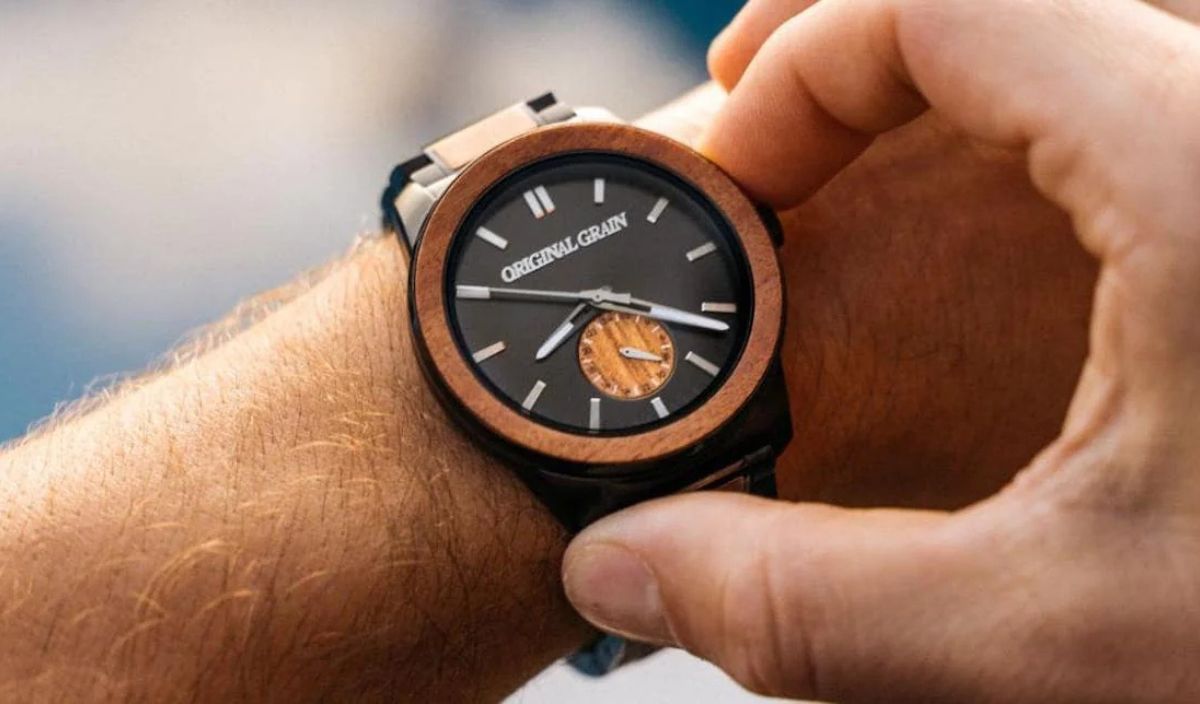
Back to Basics: How to Wind a Watch
I’d be the first to tell you I’m a pretty verbose guy. But this time, I promise I’ll keep it short and sweet. I’m going to break down each of the two types of mechanical watches and how you should wind it, with both the essentials and a little bit more.
As a side note, if your watch is a quartz watch, you won’t need to wind it at all to keep it running: if it’s stopped and the crown is pushed in, you’ll just need a battery change. That’s all for the intro—let’s get right into it!
Automatic Watches
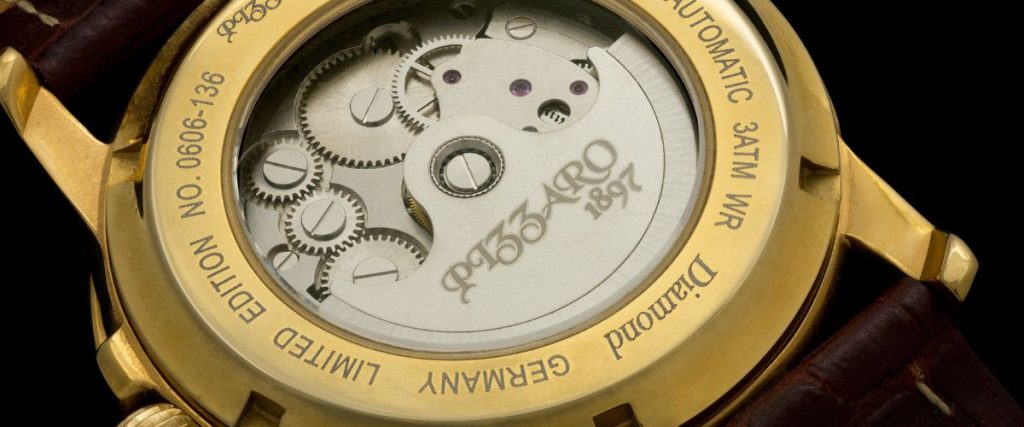
Most watches sold today are automatics. They use a winding rotor on the back to stay wound and keep running, so this makes your job here winding your watch a heck of a lot easier. If you’re not sure if your watch is an automatic, look for a winding rotor through the caseback (if it’s clear) or look for any sort of text on the dial or on the caseback that would indicate that it’s an automatic.
When an automatic watch stops running, you have two options to get it going again. First, you can just give it a few gentle shakes or spins to get the rotor whirling and get just enough charge back into the mainspring (the power supply for the watch) for it to get ticking again. If you’re a little too impatient for that, or just prefer manual winding, you can use the crown. Here’s how that should work.
First, take the watch off your wrist if you’re wearing it and hold it in your hand. If you wind the watch while it’s on your wrist, you can put too much tension on the winding mechanism because of the angle you hold the crown at and risk damaging something.
Now that it’s in your hand, take hold of the crown—that’s the little knob sticking out of the side, usually at 3:00—between two fingers. Make sure it’s pushed all the way in, and then slowly rotate it clockwise. You should feel and hear a light grinding.
It won’t be very tactile, sort of a light resistance and a faint whirring sound as you turn it. If you feel nothing and hear nothing, you’re probably turning it the wrong way and the winding has disengaged. Just switch the way you’re turning it.
Once the watch starts ticking again, you’re good to go! Give it another turn or two for good measure and slip the watch on your wrist after you set the time. The automatic winding rotor will make sure the watch gets wound the rest of the way to its max as you wear it throughout the day and will keep it wound as you continue to wear it.
If you take your watch off for the night and go to pick it up the next day, you should be good to go! As long as the watch is ticking already, you won’t need to worry about winding it. Just slip it on and let the automatic winding do its job.
Manual-Wind Watches
Manual-wind watches are a little trickier than automatic, but still quite easy to get the hang of. Many watch collectors find winding their manual watch to be an important daily ritual, of interacting with their watch and enjoying it before they slip it on for the day. Here’s how you’ll want to go about it.
As with the automatic winding, make sure you’re not wearing your watch before you go to wind it. Take it in one hand and be sure that the crown (again, the little knob sticking out, usually at 3:00) is pushed in all the way. Take the crown between two fingers of the other hand and gently rotate it clockwise.
Unlike the automatic watches, you should hear and feel a clear tactile tick with every slight degree of rotation. It’s a sound that, after a while, you’ll come to love. If you don’t hear that, you’re probably winding it the wrong way and should switch directions.
Continue to gently turn the crown clockwise. It’ll take quite a few full rotations before the watch gets to full wind. The crown should turn easily, without much resistance. Eventually, you’ll feel it stop. Do not turn the crown any further when you feel this resistance.
At this point, the watch is fully wound and is unable to accept any more wind. Forcibly turning the crown further could seriously damage the mainspring! But if you’re being relatively attentive and turning gently, you won’t have to worry about accidentally damaging something. You’ll feel your watch push back when you’re done winding.
Explore the
Biggest Pre-Owned Collection of Luxury Watches
Like I touched on a little earlier, manual winding is an opportunity to take a moment at the start of each day to interact with your watch and to, quite literally, give yourself the time. Enjoy it, and enjoy watching the face of your watch as you wind it.
If your watch has a clear caseback, you can also flip it over and watch the winding gears turn and watch the balance wheel sputter into life as you gently wind. It’s a moment to cherish.
Conclusion
There, I kept it nice and short and sweet, with only a little bit of waxing philosophical about watch winding. But to be fair, a mechanical watch is a thing of artisanal beauty, and it deserves a moment of contemplation and enjoyment as you wind it each day.
It’s a simple task, but one that can’t be passed up and certainly should be appreciated. Make the most of it!
About Exquisite Timepieces
Established in 1998, Exquisite Timepieces is your one-stop shop for all things luxury watches! We are an authorized dealer for 60+ luxury watch brands including Omega, Hublot, Seiko, & Longines! We are proud to showcase one of the world’s largest pre-owned watch collections, including renowned brands like Rolex and Patek Philippe. Check out our brand new watch arrivals here and popular pre-owned listings here.


